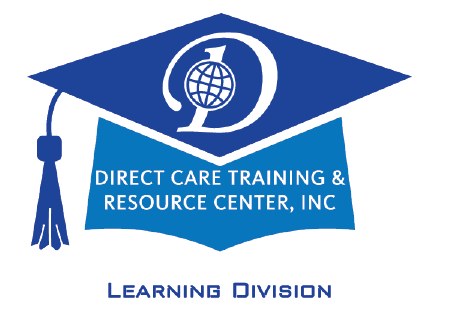In today’s diverse and aging society, adult day care centers are increasingly faced with the challenge of catering to the needs of multiple generations, from baby boomers to the Silent Generation and beyond. Successfully serving such a varied demographic requires a thoughtful approach that respects the unique preferences, abilities, and interests of each age group, while also fostering a sense of community and mutual respect among all participants. This article outlines effective strategies and practices that adult day care providers can implement to achieve this goal.

1 . Tailored Activity Programs
One of the key strategies is to develop tailored activity programs that cater to the different interests and abilities of each generation. This could include a mix of physical activities, such as gentle exercise classes suitable for older adults, alongside more intellectually stimulating activities like computer classes or book clubs that appeal to younger participants. Incorporating intergenerational activities, such as storytelling sessions where older adults share their experiences with younger members, can also promote understanding and respect across generations.

2 . Flexible Scheduling
Flexibility in scheduling is crucial to accommodate the varying routines and commitments of participants from different generations. Offering a range of activities at different times throughout the day can ensure that everyone has the opportunity to engage in activities that interest them, regardless of their personal schedules.

3 . Personalized Care Plans
Creating personalized care plans for each participant allows adult day care providers to address the specific needs and preferences of individuals from different generations. This involves conducting thorough assessments of each participant’s health status, interests, and abilities, and then designing a care plan that aligns with their unique requirements.

4 . Staff Training and Sensitivity
Ensuring that staff are well-trained in gerontology and are sensitive to the nuances of working with multiple generations is essential. Staff should be equipped with the skills to manage diverse needs and to facilitate interactions between participants of different ages in a way that is respectful and enriching for all involved.

5 . Encouraging Family Involvement
Encouraging the involvement of family members can enhance the care experience for participants and provide additional opportunities for intergenerational engagement. Family events, workshops, and volunteer opportunities can help to build a sense of community and support among participants, staff, and families.

6 . Utilizing Technology
Leveraging technology can play a significant role in catering to the interests and needs of different generations. For example, introducing older adults to social media or video calling can help them stay connected with family and friends, while also bridging the digital divide between generations.

7. Creating a Welcoming Environment
Finally, creating a physical environment that is welcoming and accessible to individuals of all ages is crucial. This includes ensuring that the facility is physically accessible, as well as designing spaces that are comfortable and appealing to participants from different generations.
By implementing these strategies, adult day care providers can successfully serve multiple generations together, creating a dynamic and supportive community that enriches the lives of all its members. This approach not only meets the diverse needs of participants but also fosters a culture of mutual respect and understanding that transcends generational divides.

Another Blog Post by Direct Care Training & Resource Center, Inc. Photos used are designed to complement the written content. They do not imply a relationship with or endorsement by any individual nor entity and may belong to their respective copyright holders.
| Follow us in the Social Stratosphere… | ||||
|
|





